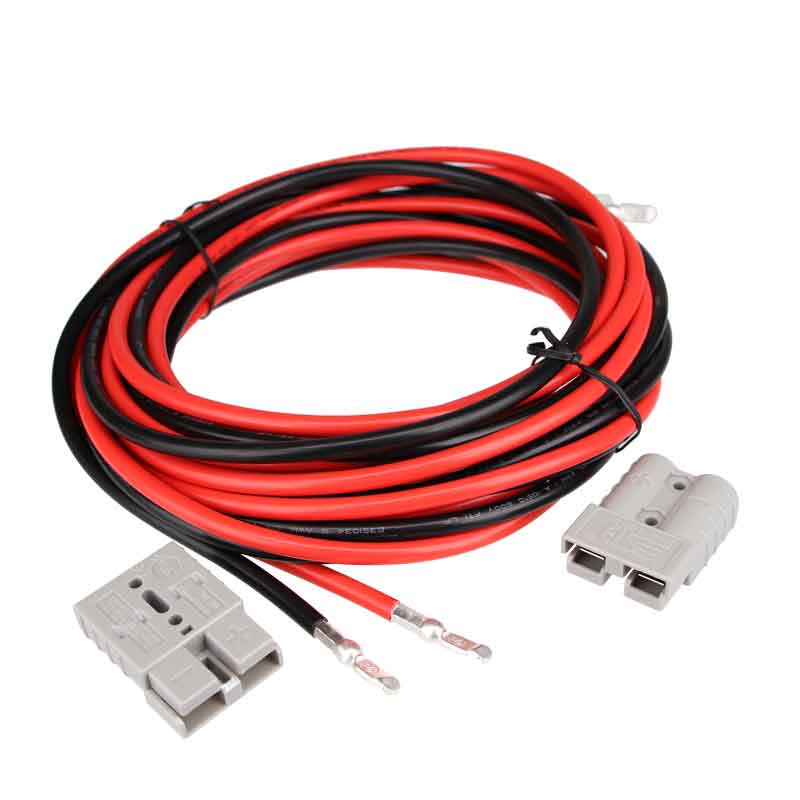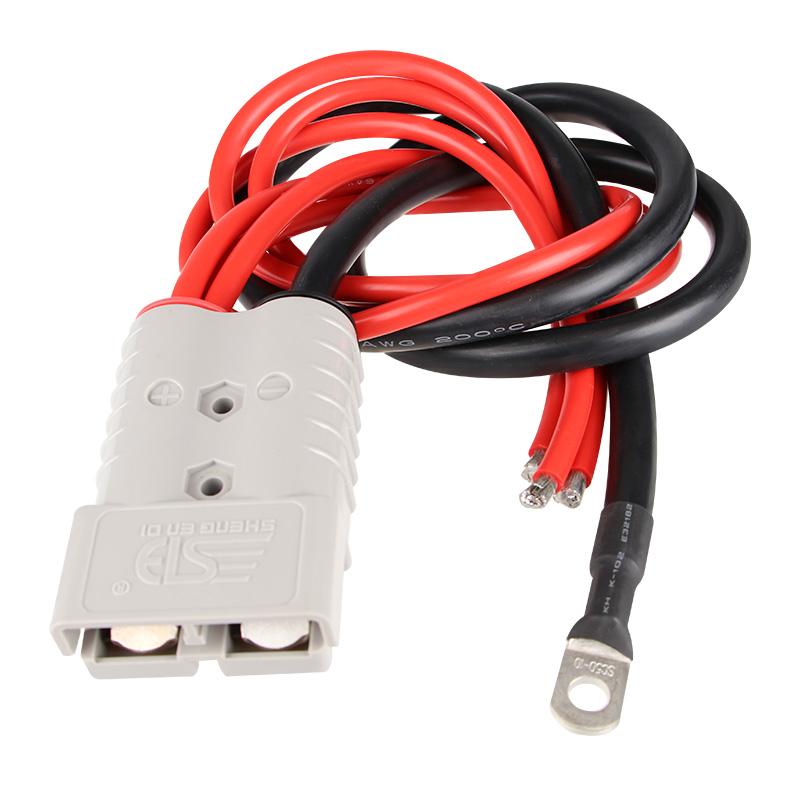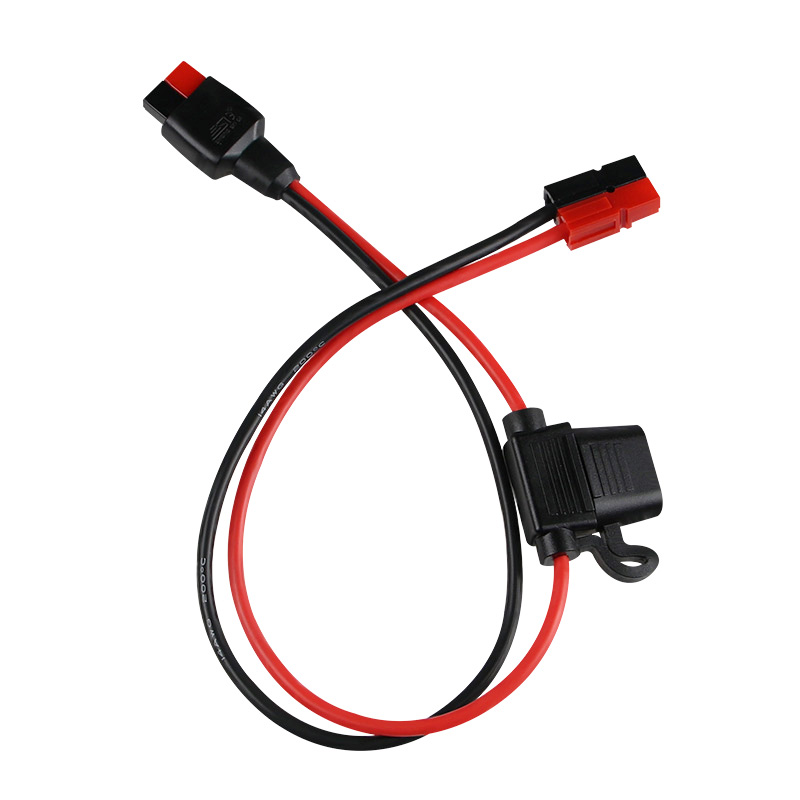Automotive wire harness welding stands as an integral component in the realm of automobile manufacturing, predominantly employing two key methodologies: lap welding and form welding. Furthermore, crimping and ultrasonic welding emerge as pivotal production processes within the domain of automotive wire harness welding.

50A 600V bipolar electric vehicle battery connector plug harness customization
Lap welding, a prevalent welding technology, boasts advantages such as rapid production speed and relatively uncomplicated equipment. Nevertheless, the looming risk of metal stamping rebound, particularly in challenging working conditions, poses a susceptibility to oxidation and rust. These potential pitfalls may result in compromised contact, thereby impacting the overall performance of the wire harness.

350A 600V Plug Wire One Drag Six Harness
Conversely, form welding showcases exceptional electrical connectivity attributes, virtually zero resistance, and insensitivity to the perils of oxidation and rust in demanding working conditions. However, the elevated equipment cost associated with form welding and the relatively expensive consumable components remain noteworthy considerations.
Moreover, the progressive integration of ultrasonic welding technology into automotive wire harness welding production signifies a notable trend. Leveraging the physical effects of ultrasonic vibrations to conjoin wire ends, this technology enhances the efficiency and quality of welding. The origins of ultrasonic welding's popularity trace back to Europe and the United States, benefitting from the advancements in foreign ultrasonic metal welding technology.

A holistic juxtaposition of the two primary welding technologies unfolds as follows:
- Lap welding: Swift production and straightforward equipment, yet harbors a degree of contact vulnerability.
- Form welding: Boasting superlative electrical connectivity characteristics, impervious to the hazards of oxidation and rust. Nevertheless, it entails high equipment costs and the outlay for consumable parts is relatively steep.
As the tapestry of automobile manufacturing technology continually evolves, a spectrum of welding technologies finds extensive SEDlications in diverse scenarios, presenting a kaleidoscope of choices for the production landscape of automotive wire harness welding.
 Guangdong SED Co., Ltd.
Guangdong SED Co., Ltd.
 +86 13763213143
+86 13763213143
 info@dmictech.com
info@dmictech.com


